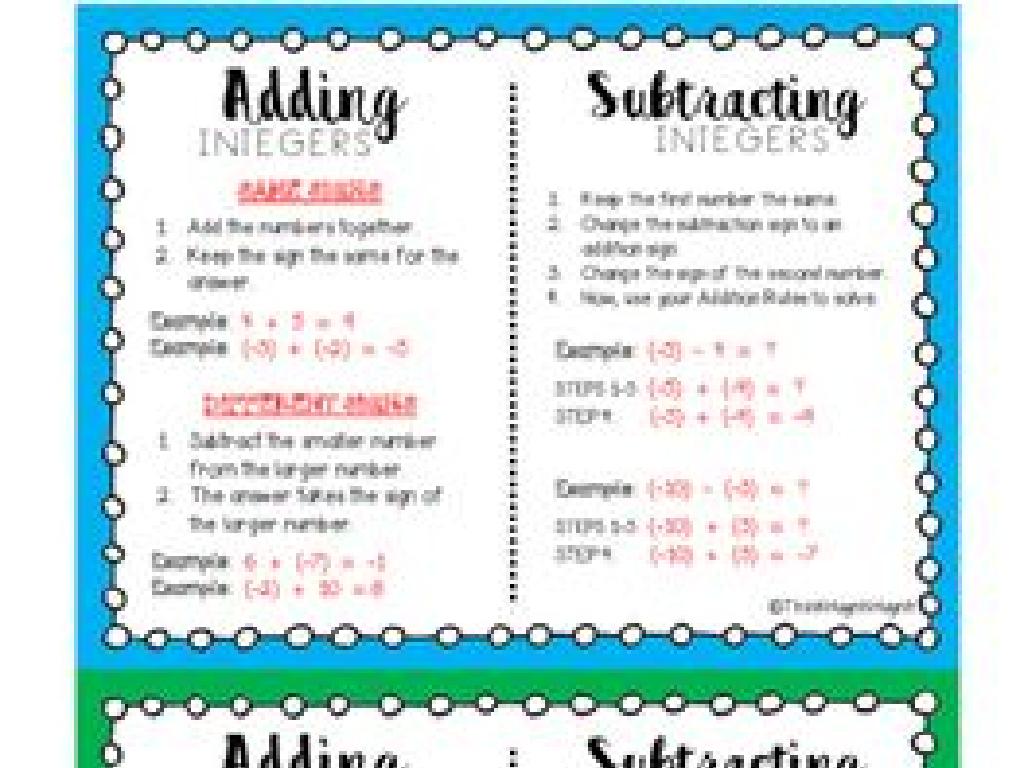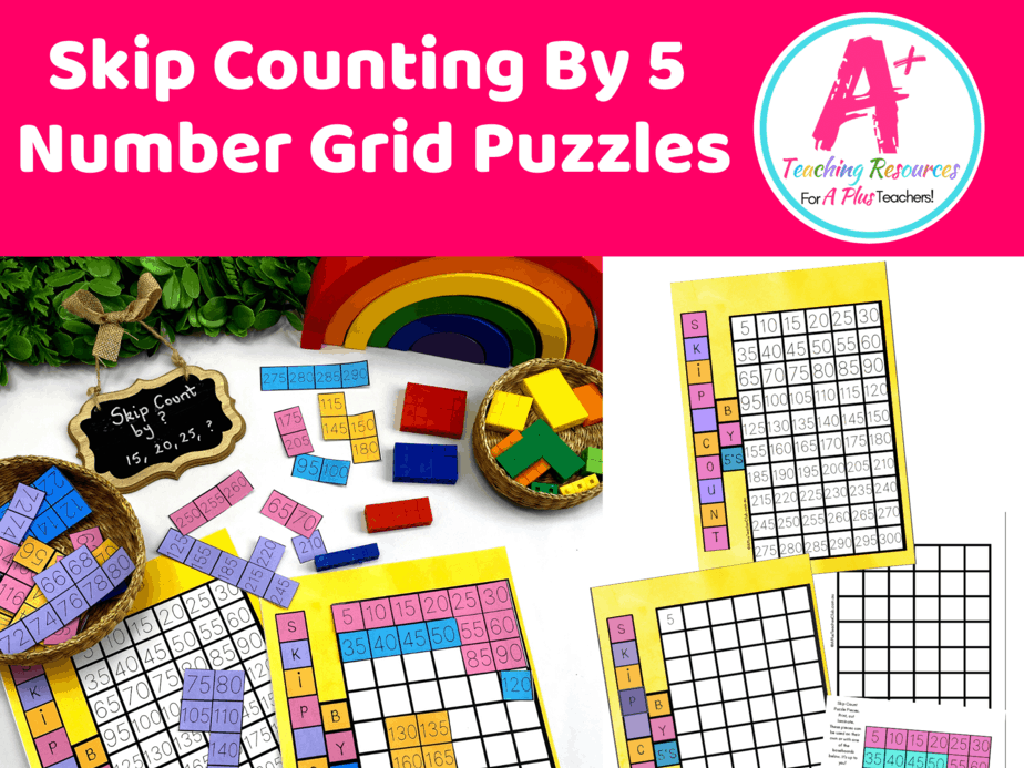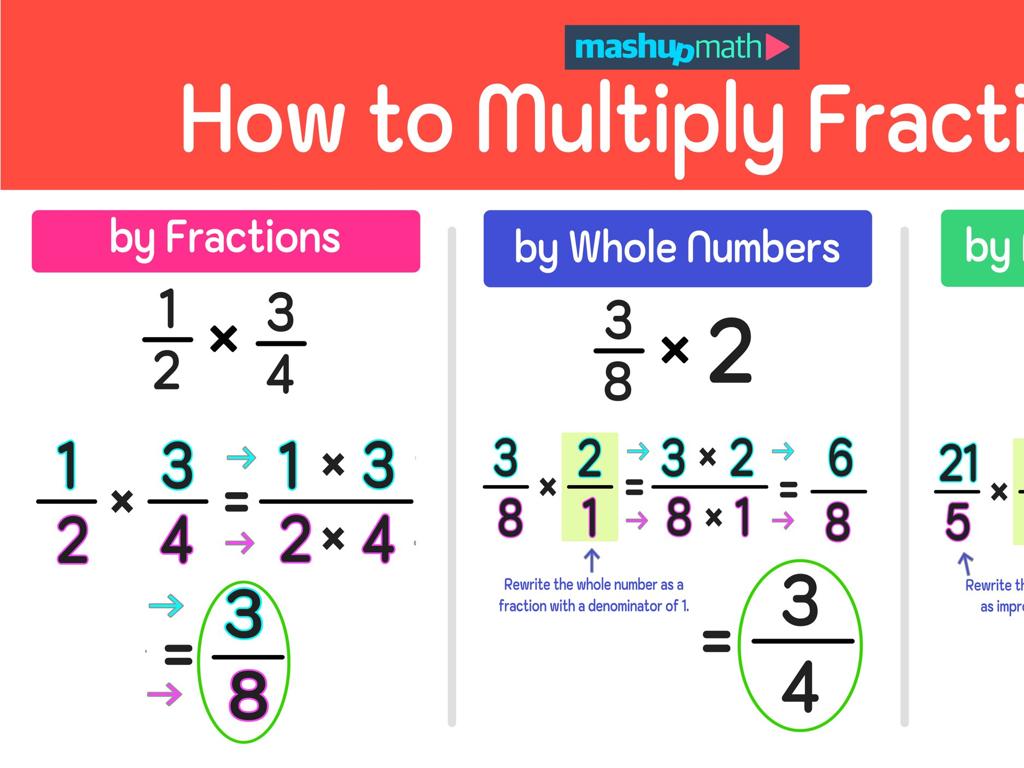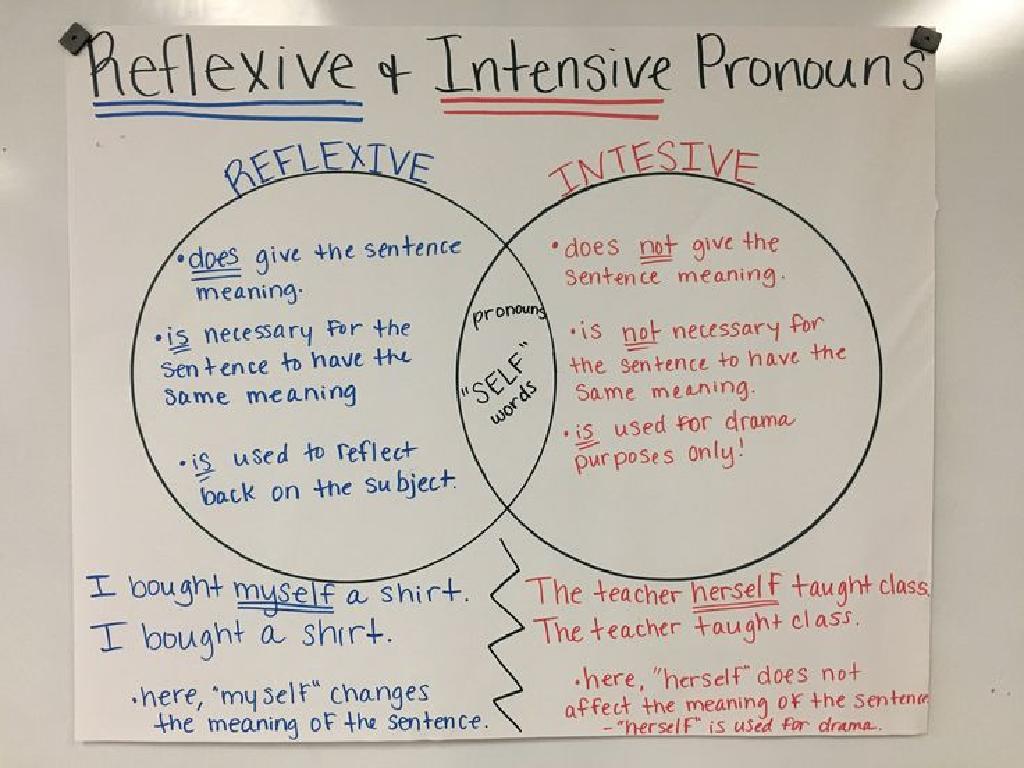Add, Subtract, Multiply, And Divide Integers
Subject: Math
Grade: Seventh grade
Topic: Operations With Integers
Please LOG IN to download the presentation. Access is available to registered users only.
View More Content
Mastering Operations with Integers
– What are integers?
– Integers include whole numbers and their negatives
– Why learn integer operations?
– Essential for advanced math concepts
– Integer operations in daily life
– Used in finances, temperature changes, and more
– Practice makes perfect
|
This slide introduces the concept of integers and the four fundamental operations: addition, subtraction, multiplication, and division. Integers are the set of whole numbers and their opposites, including zero. Understanding how to work with integers is crucial for students as it forms the foundation for algebra and higher-level mathematics. Real-life applications of integer operations include financial calculations such as profit and loss, temperature changes, and elevation levels. Emphasize the importance of practice in mastering these skills. Provide examples and encourage students to solve problems involving integers in various contexts to build their confidence and proficiency.
Understanding Integers
– Define integers
– Integers include whole numbers and their negatives
– Positive vs. negative numbers
– Positive numbers are above zero, negative are below
– Number line representation
– Visual tool to understand integers and their order
– Integers in operations
– Using integers in addition, subtraction, multiplication, and division
|
Integers are the set of whole numbers and their opposites, including zero. It’s crucial for students to differentiate between positive and negative numbers, as this understanding is foundational for performing operations with integers. The number line is an excellent visual aid that helps students grasp the concept of order and value in integers. Emphasize the importance of the number line in visualizing and solving problems involving addition, subtraction, multiplication, and division of integers. Provide examples of each operation using integers and encourage students to practice placing these on a number line for a better conceptual understanding.
Adding Integers
– Understand rules for adding integers
– Same signs add and keep, different signs subtract
– Use the number line for addition
– Visualize adding positive or negative steps
– Example: 5 + (-3)
– 5 + (-3) equals 2; move 3 steps left from 5
– Practice with different integer pairs
|
This slide introduces students to the concept of adding integers. Start by explaining the rules for adding integers, emphasizing that if the signs are the same, you add the numbers and keep the sign, but if the signs are different, you subtract the smaller from the larger and keep the sign of the larger number. Use a number line on the board to demonstrate how to add integers, showing positive numbers as movements to the right and negative numbers as movements to the left. Work through the example 5 + (-3) by starting at 5 on the number line and moving three steps to the left to land on 2. Encourage students to practice with different pairs of integers to solidify their understanding.
Subtracting Integers
– Rules for subtracting integers
– To subtract, add the opposite of the second number
– Subtraction as adding the opposite
– Instead of subtracting, add the inverse of the integer
– Example: Subtracting -7 and -2
– -7 – 2 becomes -7 + (-2) = -9
– Practice with different integers
|
When teaching subtraction of integers, start by explaining the rules: to subtract an integer, we add the opposite of that integer. This can be visualized on a number line or with counters. For example, -7 – 2 can be thought of as -7 + (-2), which equals -9. Provide several examples with different integers, both positive and negative, to ensure students understand the concept. Encourage students to practice by finding the opposites and adding them. This slide will help students grasp the idea of subtraction as a form of addition, which is a key concept in working with integers.
Multiplying Integers
– Rules for multiplying integers
– Same signs multiply to positive, different signs to negative
– Multiplication table for integers
– Visual aid for understanding integer multiplication
– Example: Multiplying negatives
– Negative times positive equals negative: -4 x 6
– Practice: -4 x 6
– Calculate the product of -4 and 6
|
This slide introduces students to the rules of multiplying integers, which is a foundational concept in algebra. Start by explaining that the product of two integers with the same sign is positive, while the product of two integers with different signs is negative. Display a multiplication table that includes both positive and negative numbers to provide a visual aid for students. Work through the example -4 x 6 to show that a negative number multiplied by a positive number results in a negative product. Encourage students to practice with this example and come up with similar multiplication problems to reinforce their understanding.
Dividing Integers
– Rules for dividing integers
– Same signs divide to a positive, different signs to a negative
– Division’s link to multiplication
– Division is the inverse operation of multiplication
– Example: -12 ÷ 3
– -12 ÷ 3 equals -4 because -4 times 3 equals -12
– Practice with different signs
– Try dividing -15 ÷ -3 and 10 ÷ -2
|
When teaching division of integers, start by explaining the rules: division of two positive or two negative integers results in a positive integer, while division of integers with different signs results in a negative integer. Emphasize that division is closely related to multiplication, and understanding one helps with the other. Use the example -12 ÷ 3 to show how to apply the rules. Then, encourage students to practice with integers of different signs to solidify their understanding. Provide additional examples and guide them through solving these problems, reinforcing the concept that division is essentially finding a number that, when multiplied by the divisor, equals the dividend.
Combining Operations with Integers
– Understanding order of operations
– Follow steps: Parentheses, Exponents, Multiplication/Division, Addition/Subtraction
– Remembering PEMDAS/BODMAS
– PEMDAS/BODMAS is a mnemonic to remember the order
– Example: Calculating -3 + 4 x 2
– First multiply 4 x 2, then add to -3. What’s the result?
– Practice with mixed operations
|
This slide is aimed at reinforcing the concept of order of operations when dealing with integers. It’s crucial for students to understand that mathematical expressions must be solved in a specific order to get the correct result. PEMDAS/BODMAS is a helpful mnemonic that stands for Parentheses/Brackets, Exponents/Orders, Multiplication/Division (from left to right), and Addition/Subtraction (from left to right). Provide an example such as -3 + 4 x 2 to illustrate the process. Multiply 4 by 2 to get 8, then add the result to -3, which equals 5. Encourage students to solve similar problems, ensuring they apply the correct order of operations. This foundational skill is essential for their success in higher-level math.
Class Activity: Integer Operations Practice
– Solve: 8 + (-5)
– Adding a negative is like subtracting
– Solve: -9 x (-2)
– Multiplying negatives equals a positive
– Solve: 15 ÷ (-3) – 2
– Divide first, then subtract the integer
– Discuss solutions & strategies
|
This slide is designed for a class activity where students will practice adding, subtracting, multiplying, and dividing integers. For problem 1, guide students to understand that adding a negative number is similar to subtraction. Problem 2 demonstrates that the product of two negative integers is positive. In problem 3, students should first carry out the division before subtracting the integer. Encourage students to discuss their problem-solving strategies and the rules they applied to each operation. Provide additional examples if time allows and ensure that students are comfortable with the concept of integer operations before moving on.
Class Activity: Integer Operations Race
– Team up in pairs for a math challenge
– Solve integer operation problems together
– Race to the board to present your solution
– Earn points for speed and accuracy
|
This activity is designed to encourage collaboration and friendly competition among students while practicing integer operations. Before starting, ensure that each pair has a set of integer operation problems to solve. These problems should include a mix of addition, subtraction, multiplication, and division of integers. Once a pair solves a problem, they will quickly come to the board to present their solution. Monitor the accuracy of their answers and the time taken to solve each problem. Award points for correct answers and for being the fastest pair to solve the problem without sacrificing correctness. Possible variations of the activity could include a relay race format, team vs. team challenges, or timed stations with different integer operation problems. This will help students to engage with the material actively and reinforce their understanding of integer operations.
Wrapping Up: Integer Operations
– Review of integer operations
– Practice is key to mastery
Regular practice solidifies math skills.
– Homework: Integer worksheet
Complete the provided worksheet on adding, subtracting, multiplying, and dividing integers.
– Keep practicing at home!
|
As we conclude today’s lesson on integer operations, it’s crucial to emphasize the importance of practice in mastering these concepts. Go over the key points covered today, including the rules for adding, subtracting, multiplying, and dividing integers. Remind students that consistent practice is essential for understanding and becoming proficient in math. For homework, assign the worksheet that includes a variety of problems on integer operations to reinforce today’s lesson. Encourage students to attempt additional problems at home to further solidify their skills. In the next class, we will review the homework and clarify any difficulties encountered.





